
Review on Komelon 433IEHV High Visibility Professional Engineer by Wagner Witlin

Love feet but hate fractures? This is your band!
About a month has passed. Pros: + Great looks + Sturdy belt clip + Matte light color actually improves readability, unlike yellow or white + 33ft tape runs very smoothly + Measures in both imperial (inches, fractions of feet) and *Engineers / Surveyors (tenths, decimal feet) Neutral Quibbles/ This is shiny and therefore dazzling at times. Accordingly, look away./ It is difficult. I'm used to 25ft cassettes and this one is noticeably heavier. I upgraded because I've never gotten to the full 25 feet with other bands; a little more weight is no problem. The lock is a standard sliding lock. I really liked pressing the button to retract the auto-lock strap. Cons: This suction cup is slippery. The outer shell is made of polished "chrome" plastic with no rubber pads or bumpers. The plastic case scratches easily, but heck, maybe that would give it a better grip? The retreat is slow. I've found that holding the case with the band slot facing down helps speed things up a bit. Most people, including me, everything. meter-y is mysterious and vaguely unpatriotic. Where the metric math is very simple, the rendered gauge (roughly a step) is ironically unwieldy; it's hard to visualize. The foot, on the other hand, is an intuitive unit of measurement. Every adult knows how big the foot is. Do you need to roughly measure the distance? Heel-toe is often good enough. However, doing something that involves fractions of a foot can confuse almost anyone (except experienced carpenters and veteran surveyors). What the heck is 1/16? How many in 5/8? What is the sum of these two values? What if a simple metric accounting system could use the imperial human foot as the defining base unit of measurement? Enter decimal feet or engineering scale. It uses the same foot length, but the foot is divided into ten segments, or tenths. Each tenth is divided by ten to make hundredths, and one hundredth is divided by ten to make thousands. Mathematics becomes extremely simple and yet precise. Here is an example: 5 3/4" or 0.48+ 8 1/2" =? + 0.71 =? The answer is the same: (14 1/4" or 1 ft 2 1/4" or 1.19 ft) I bet you were able to work out the second one better in your head and therein lies the beauty. This requires only basic math skills, without converting or reducing fractions, and reduces the chance of error. How many hundredths are 1.19 feet? 119. How many 1/8s are in 1 foot 2 1/4 inches? I have to get in touch with you again about this. 🤔
- Measuring and marking tools
- Disappearance
New products
Comments (0)
Top products in 📏 Dimensional Measurement
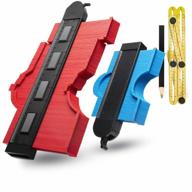
Cullaby Contour Gauge: 10 & 5 Inch Duplications For Perfect Templates Of Curved And Odd Shapes, Plus Bonus Angle Ruler & Carpenter Pen!

23 Review

Laser pointer Green Laser 303

31 Review
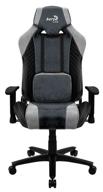
Gaming chair AeroCool Baron, upholstery: imitation leather/textile, color: steel blue

35 Review
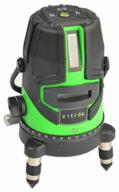
Laser level Zitrek LL1V1H

36 Review
Another interesting products
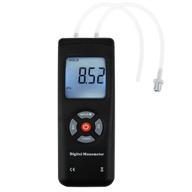
🔍 Enhanced Precision with Backlit Professional Manometer for Differential Ventilation

6 Review
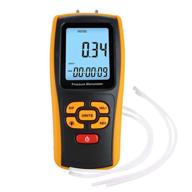
Portable Handheld Manometer 📏 for Accurate Pressure Differential Measurement

5 Review
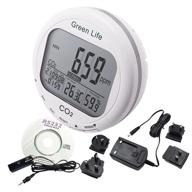
🌬️ Advanced 3-in-1 Indoor Air Quality Monitor with CO2/RH/Temp Data Logging and Audible Alarm - NDIR Sensor Technology

8 Review
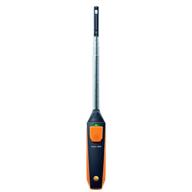
🔥 Advanced Testo Wireless Hot Wire Anemometer Technology

4 Review

